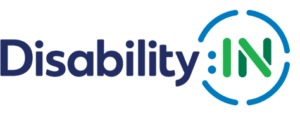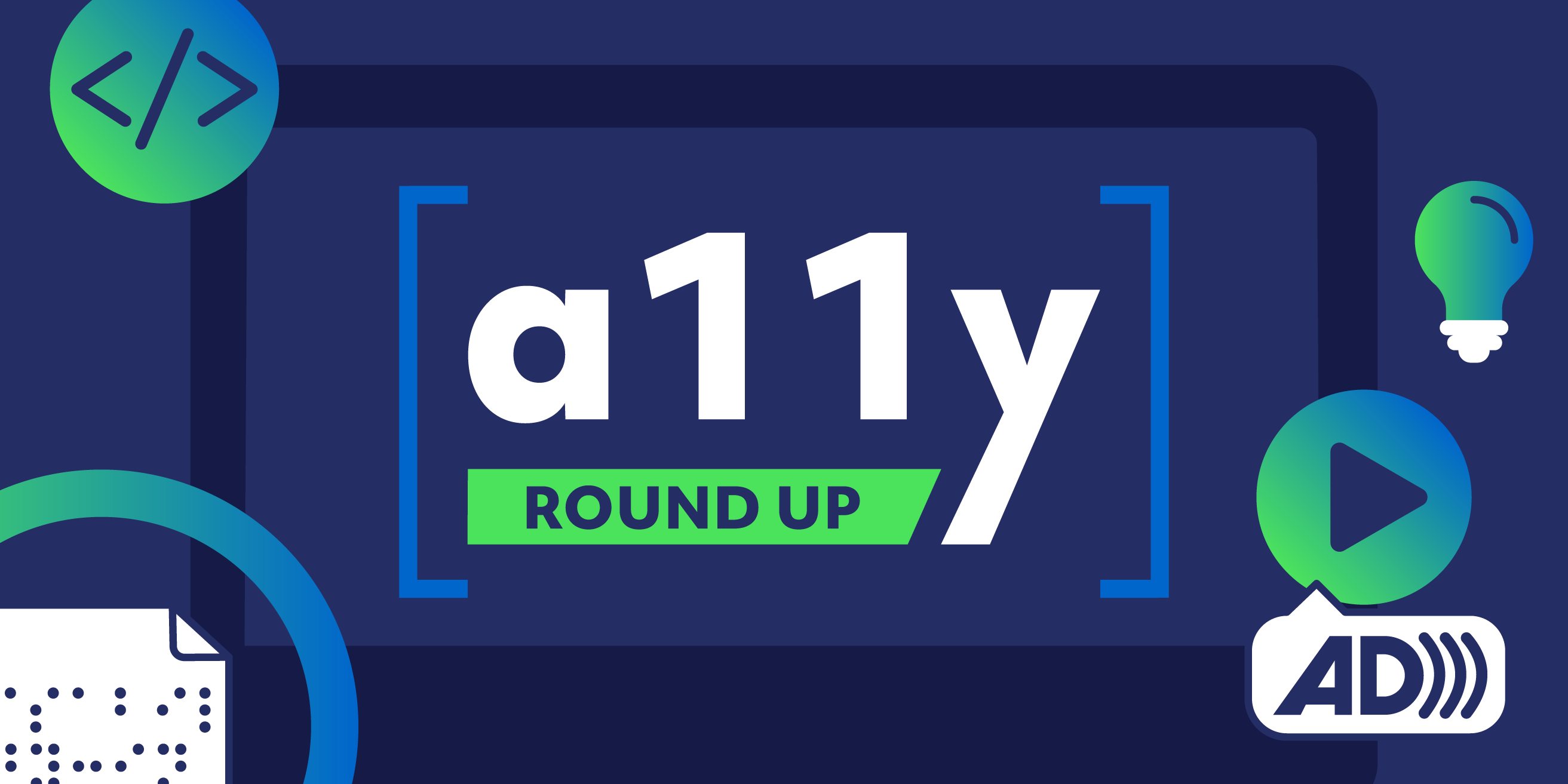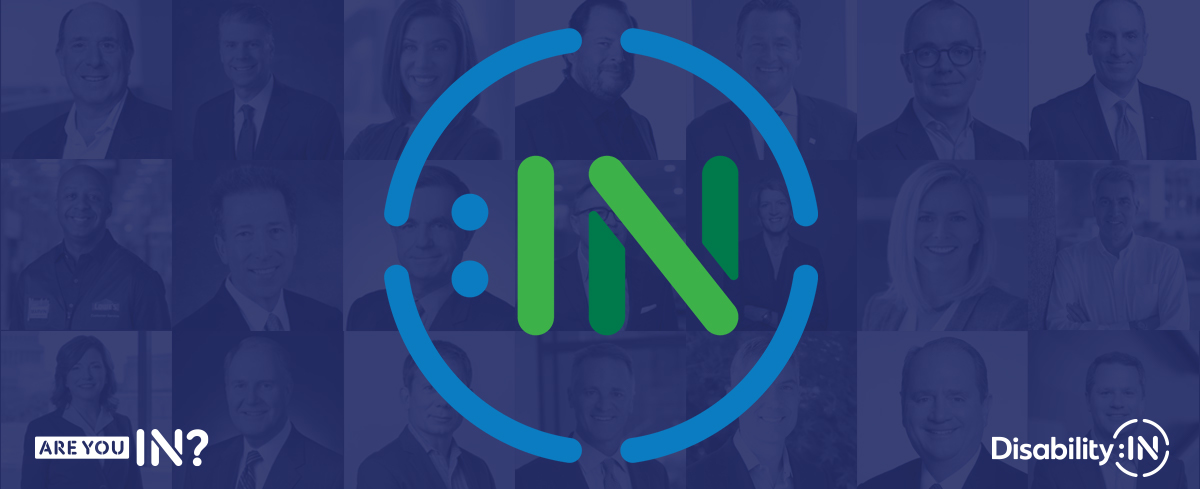Virtually every aspect of employment in the 21st century relies on technology. We search for jobs and apply for them online. We use websites and mobile applications to determine our medical benefits, plan for retirement, train for jobs, apply for promotions and do our daily work. We mentor, grow our professional networks, and publicize our brands through social media platforms.
We communicate with colleagues, clients, and customers via digital channels and use technology to collaborate on documents and plan events. Especially during the global pandemic we meet online for work, conferences, and work-related social events.
Without digital accessibility, all of this technology creates barriers for disabled applicants and employees. Quite simply, without digital accessibility people with disabilities are excluded from full participation at work.
While this has always been true, the global pandemic has driven home the critical importance of digital accessibility. As work has shifted out of the physical workplace and, slowly and to some degree, back to physical places, our reliance on technology grows and expands.
There is no better time than right now to make sure your organization has begun the journey to integrate digital accessibility into all technology systems, policies, and processes.
***
Digital accessibility is the quality of technology that allows disabled people to use its features, functions, and content independently and with the same privacy and security afforded users without disabilities. Accessibility recognizes that people with disabilities use technology in all roles — as applicants and hiring manager, consumers, and creators, employees across the organization. Accessible technology is tech that works for all conference attendees and conference organizers, trainers and trainees, social media readers and content writers.
In other words, digital accessibility recognizes that people spanning the full range of human experience need technology. Some people cannot hear video content, see a screen, hold a mouse or complete tasks quickly. Accessibility recognizes the right of all people to fully participate in today’s work environment.
Accessibility is achieved through a combination of inclusive design, coding to standards, testing, quality assurance, policy, accessible procurement, and other practices. Accessibility depends on the involvement of disabled people throughout the product and content cycle, leadership commitment, understanding how a variety of roles impact the usability of the end product, community engagement, and more.
Most importantly, accessibility is achieved by developing and fostering a culture of accessibility and the recognition of accessibility as a corporate value akin to privacy and security, trust and safety.
The Disability:IN Accessibility Leadership Committee brings together global accessibility leaders whose organizations are working to create that culture every day. Leaders who recognize that accessibility is a journey and who are generous in sharing best practices and learnings along the way. Recently, one of those leaders shared why they are always willing to speak with members closer to the beginning of the journey: “Conversations like these,” they said, “are so important because in the accessibility space today’s newcomer is tomorrow’s innovator.”
***
The business case for disability inclusion has been well documented, and digital accessibility is a foundational requirement for disability inclusion. This makes NDEAM the perfect time to think about (and act on) digital accessibility. Here are some Disability:IN accessibility resources that can help on your journey.
- Digital Accessibility and Other Best Practices for Remote Work. This resource is part of our Covid-19 Response series and includes a wealth of information such as:
- How to determine if your conferencing technology is accessible
- How to evaluate the accessibility of collaboration tools
- Understanding accessibility support offered by technology vendors
- And more!
- Disability:INclusive Workplaces: Accessible Technology Procurement Toolkit. This resource offers tips and best practices to help organizations make sure technology they purchase works for everyone. Compiled by Disability:IN’s Accessibility Leadership Committee it includes sample documents and learnings from the organization’s partners at the forefront of the corporate global accessibility community. The toolkit includes sections on:
- Establishing accessible procurement policies and related supplier documents
- Defining accessibility requirements for contracts and RFPs
- Involving employees with disabilities and Employee Resource Groups in the accessible procurement process
- Building accessibility into purchase and pre-purchase documents
- Maintaining accessibility after purchase
- And more!
- Questions for Captioning and Transcription Vendors During Procurement Process. This resource offers best practices for contracting with captioning and transcription vendors, including information about:
- Types of captioning
- Quality and accessibility issues
- Information to gather from vendors
- Digital Accessibility Statement Best Practices. An accessibility statement is an important aspect of any digital accessibility program and is legally required in some countries outside the United States. This best practice document offers:
- Links to Accessibility Statements from Disability:IN partners and others
- Information to include in a statement and what to avoid
- Resources to find more accessibility statement information including legal requirements outside the United States.
- And more!
At Disability:IN we learn from our partners every day what it means to be on the accessibility journey. If you would like more information about Disability:IN’s accessibility work and the Disability:IN Accessibility Leadership Committee, please contact Liz Taub, Executive Vice President of Programs.
By Liz Taub, Executive Vice President of Programs, Disability:IN.


